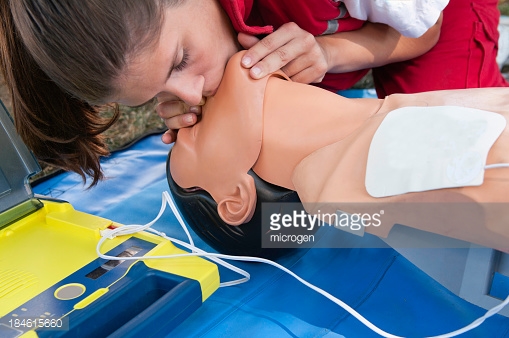
One day, during my NYSC service in a village, I was teaching in a class. Suddenly, one of my students collapsed. Other students started shivering and crying. I was confused too. I didn’t know what to do. I ran to staff room to call other teachers. When we got back to the class, all other teachers available were confused too. They didn’t know what to do as well.
One of us went to the principal’s office to call him and his deputies. The principal and his deputies came and they were confused too. There was no clinic in the school. Then, the principal ordered that we should take the student to hospital. There was only one hospital in the entire village and it’s about 15 minutes drive from the school to the hospital. So, some of us took the student to the hospital. The student was pronounced dead on arrival at the hospital. We were told she had cardiac arrest! We were blamed for her death for not giving her CPR. Many people have died this way.
So, what is CPR?
CPR is an acronym for Cardio-Pulmonary Resuscitation. It is a medical technique for reviving someone whose heart has suddenly stopped working (cardiac arrest) by pressing on their chest and breathing into their mouth. Pressing the chest and breathing into the person’s mouth would bring about oxygenation of the heart, lungs and brain and subsequent normal cardiopulmonary function provided this is done in time before the person is completely dead.
Cardiac arrest is a condition in which the heart suddenly and unexpectedly stops working. If this happens, blood stops flowing to the brain and other vital organs and the person collapses and becomes unconscious. If cardiac arrest is not treated within minutes, the person would die. Time is very essential in treatment of cardiac arrest. CPR is first aid treatment done to revive a person that just suffers cardiac arrest. Of course, when the person gets to the hospital after CPR has been administered successfully, comprehensive treatments would be given to the person by doctors like defibrillation, etc.
Causes of Cardiac Arrest
Cardiac arrest usually results from an electrical disturbance in your heart that disrupts its pumping action, stopping blood flow to the rest of your body.
Causes of cardiac arrest include:
- Coronary artery disease
- Heart attack
- Enlarged heart (cardiomyopathy)
- Valvular heart disease
- Congenital heart disease
- Electrical problems in the heart
- Major blood loss
- Lack of oxygen/Suffocation
- Intense or extremely dangerous physical exercise.
- Sudden and unexpected shock e.g shock from thunderstorm or accident.
- Etc.
The immediate picture above shows what excessive fat or cholesterol does to your heart. The fat deposits narrow the passage of the blood to your heart. This could eventually lead to damage to part of your heart, heart attack and/or cardiac arrest especially if the coronary artery is completely blocked.
People Who Are Prone to Cardiac Arrest
- Patients with heart disease
- Patients with high blood pressure/hypertension
- People with obesity
- Heat illness patients
- Kidney failure patients
- Etc
Survival Rate of Sudden Cardiac Arrest
As at July 2015, the Sudden Cardiac Arrest Foundation says about nine out of 10 people with this kind of cardiac arrest would die! This is really worrisome. One of the major factors for this terrible survival rate is the fact that majority of people do not have the awareness of CPR not to talk of administering it to a victim of cardiac arrest before the person finally dies. Awareness of CPR and how to carry it out, is the purpose of this post. This will go a long way in saving many lives.
How Do We Carry Out CPR?
First and foremost, check and be sure the person is not breathing. Don’t perform CPR when you notice signs of life in the person. Take the person quickly to the hospital instead. Otherwise, you might inadvertently kill the person.
Summarily, we can take the following steps when somebody has cardiac arrest in our presence:
- Open the person’s airways. Tilt the head and lift the chin as shown in the pictures.
- Check the person’s breathing first. If the person is not breathing or the breathing is abnormal, then, give the person 2 rescue breaths and 30 chest compressions as shown in the pictures. Repeat this until help arrives or till the person is resuscitated.
This is not the time to say you cannot kiss somebody else other than your wife or your husband especially when you are sure of good health status of the person. If you want to give the breaths to the victim, try and spread a piece of cloth like handkerchief over your mouth so that there won’t be direct contact between your mouth and the mouth of the victim. It’s for your own safety. However, if you are unwilling or unable to give the breaths, do the chest compressions only.
Note: If there’s blood on the body of the victim, like accident victim, ensure you protect yourself before having contact with him/her. Look for nylon around to cover your hands before administering the CPR, if gloves are not available. The victim might have ailments like HIV, hepatitis, etc. You might be having a cut on your hand unknowingly to you.
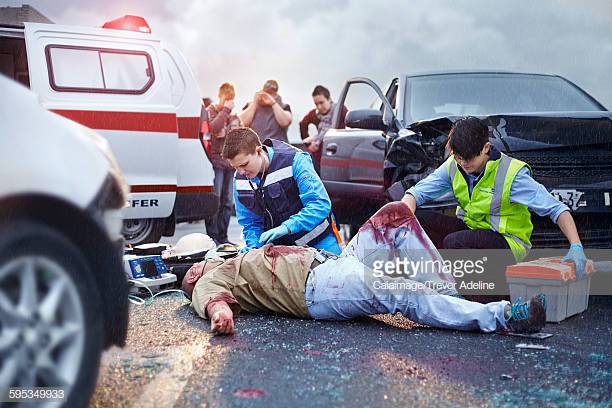
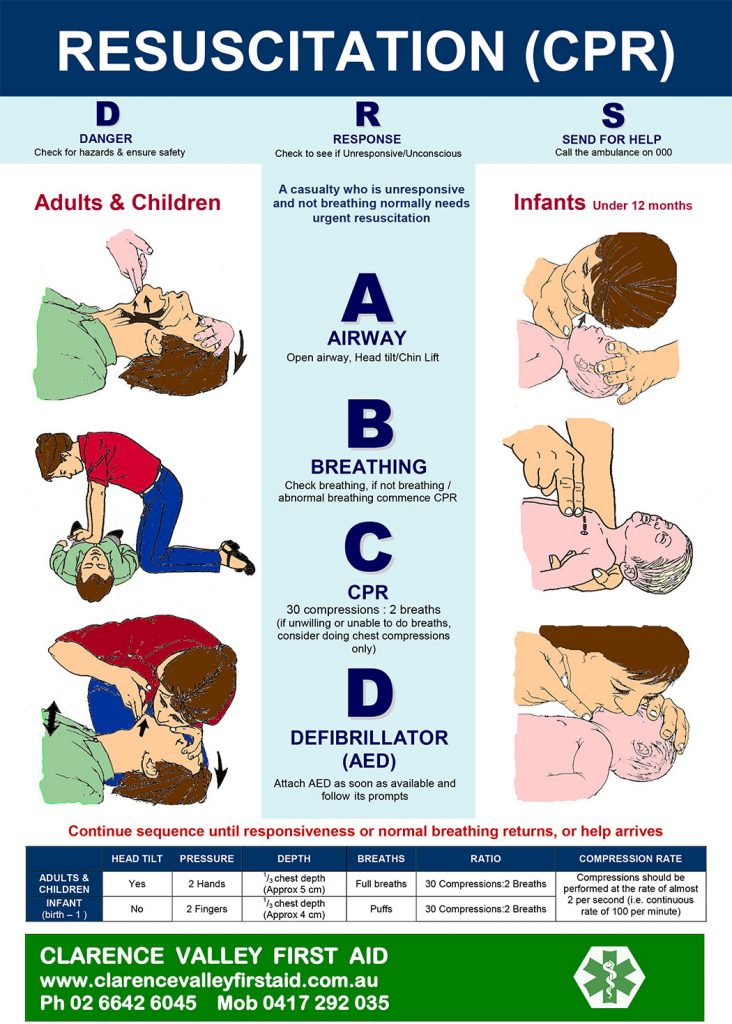
It should be noted that there is a difference between cardiac arrest and heart attack. They are not the same. Heart attack occurs when the flow of blood to the heart is blocked, most often by a build-up of fat, cholesterol and other substances, which form a plaque in the arteries that feed the heart (coronary arteries). The interrupted blood flow can damage or destroy part of the heart muscle. A heart attack is also called a myocardial infarction and it can be fatal. It’s crucial to call emergency medical help if you think you might be having a heart attack. (Mayoclinic)
(Video Credit: Action First Aid, Photo Credits: www.youtube.com, bsgtn.blospotcom, www.gettyimages.com.au, healthparkpharmacy.com, www.gettyimages.ca.com )

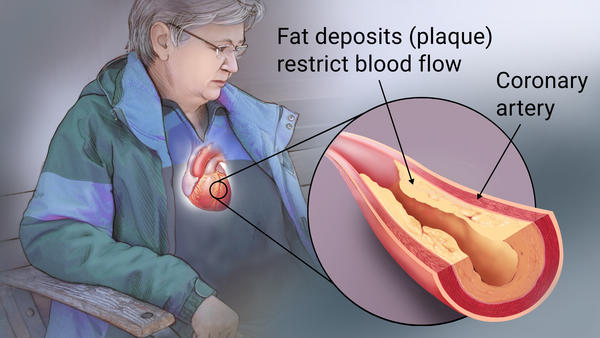
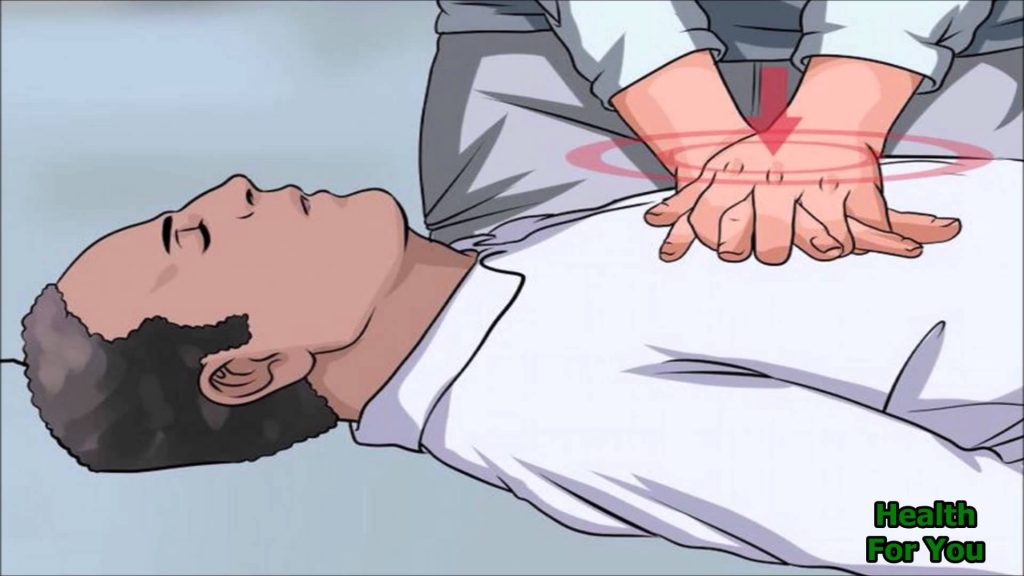
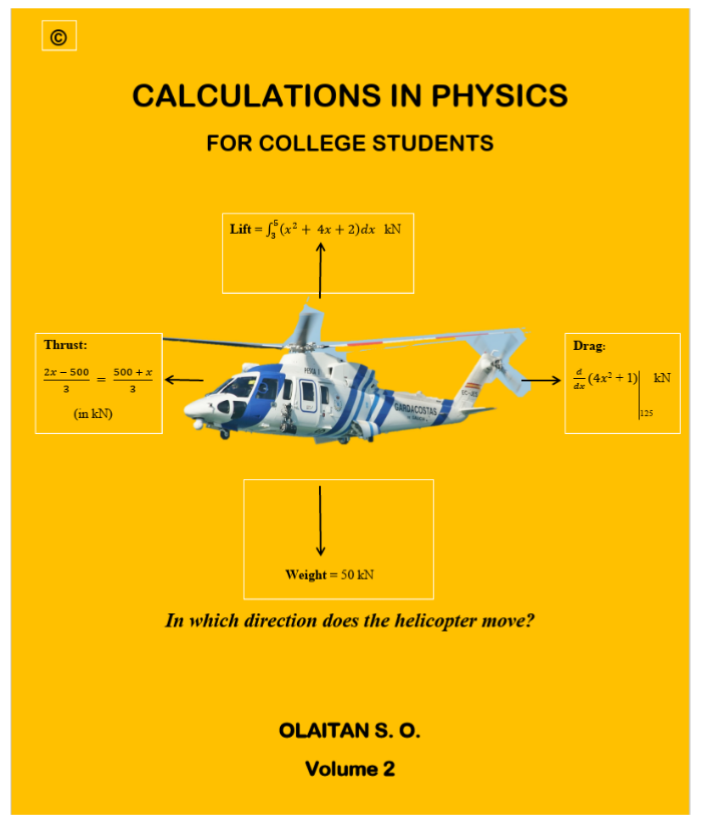



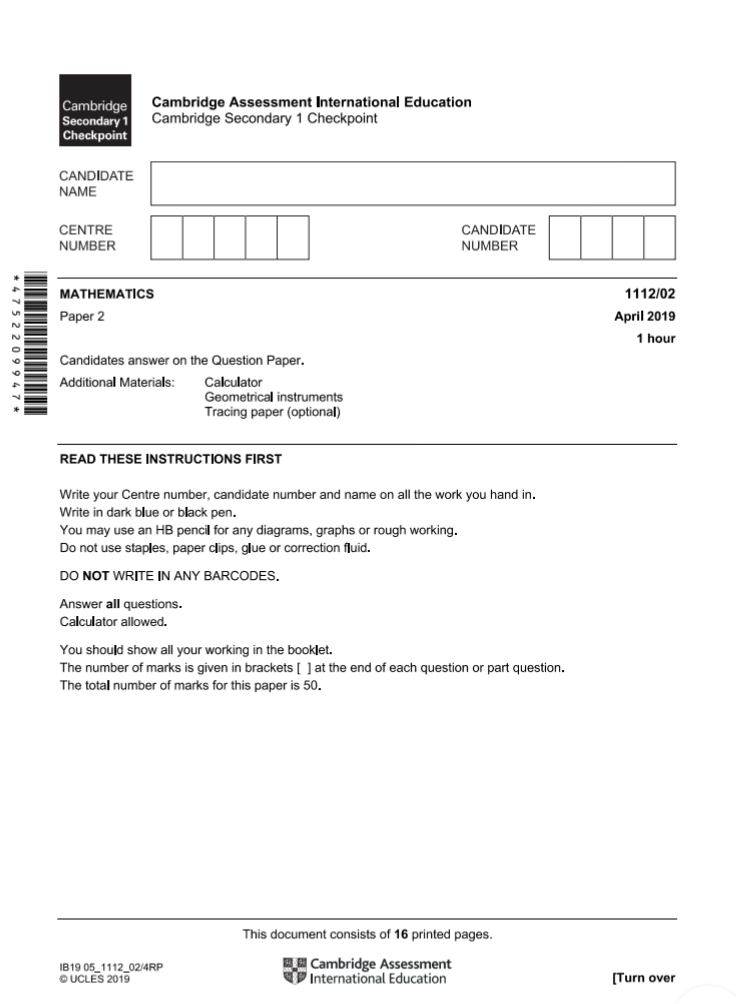
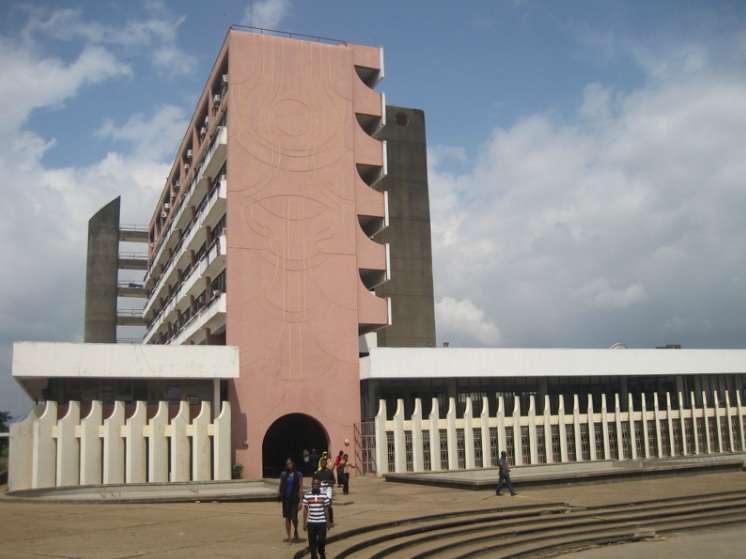


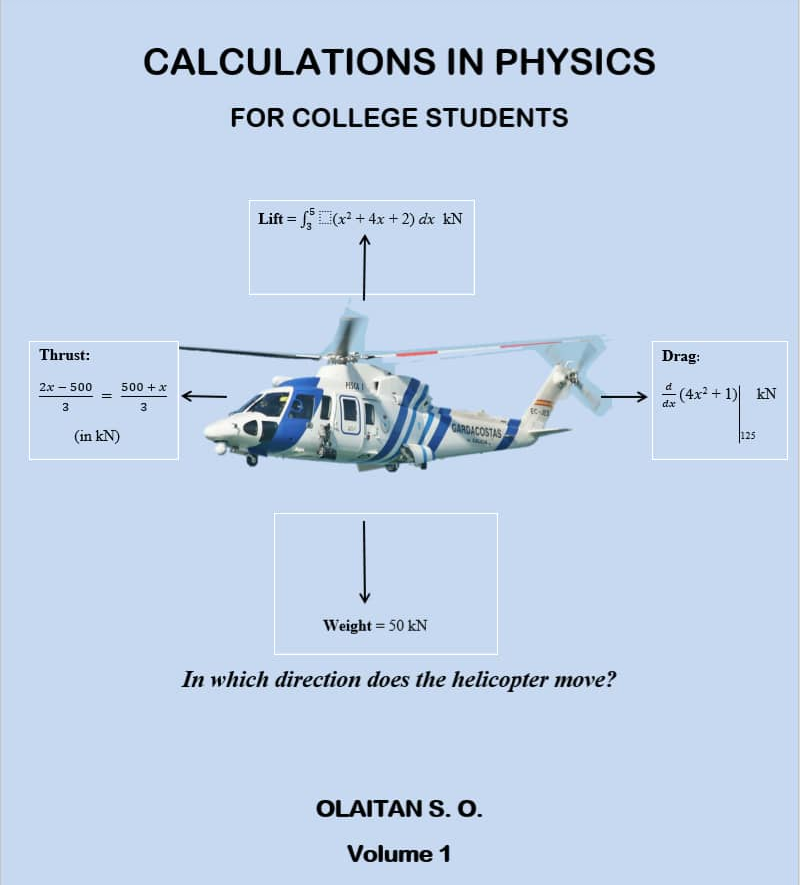








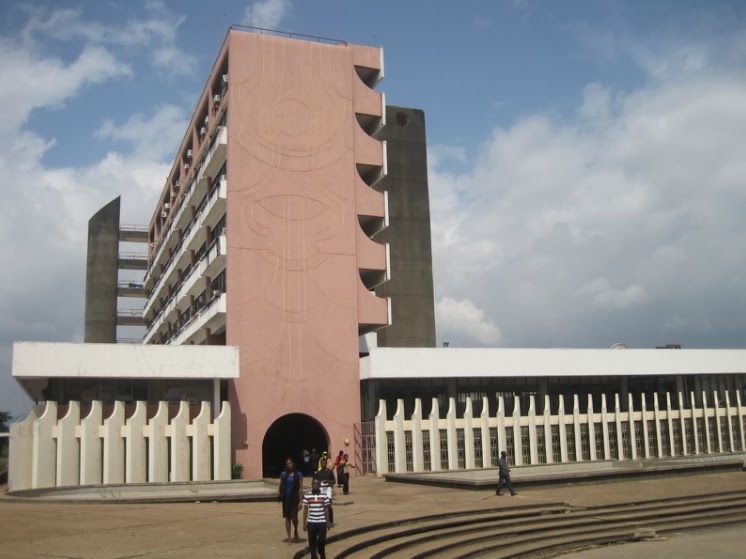
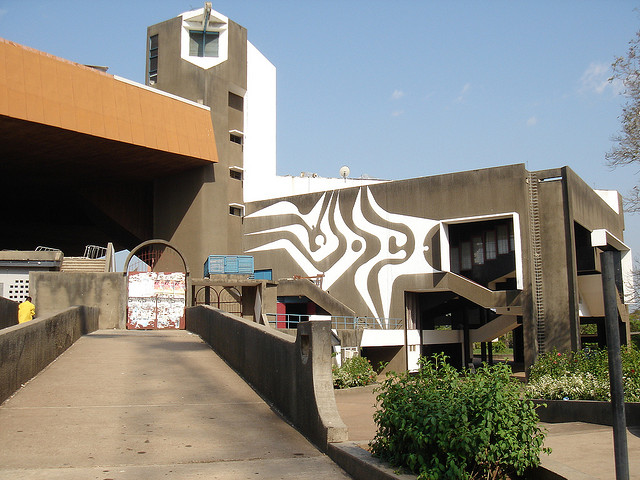



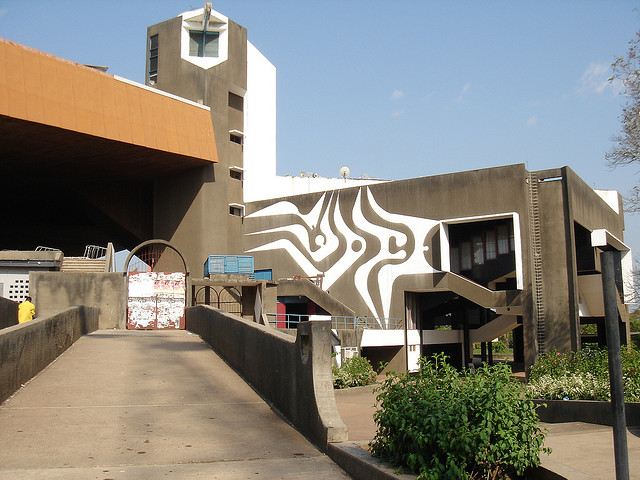



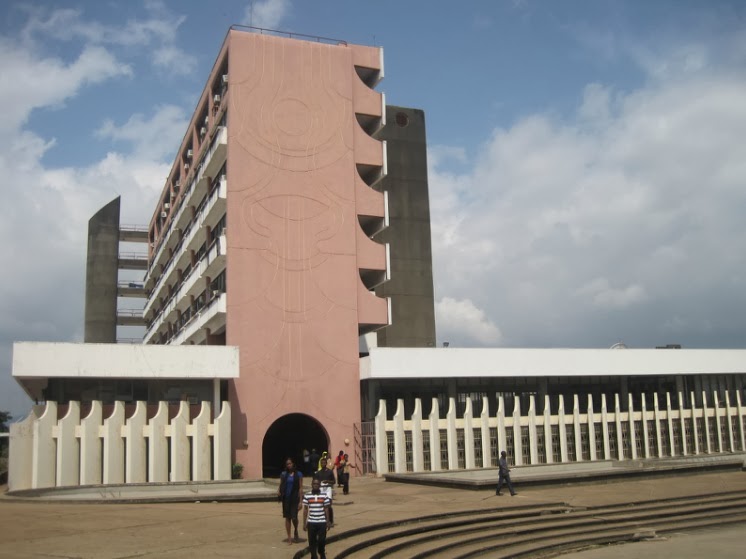

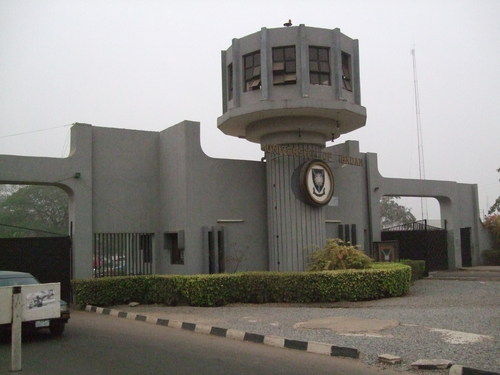


This post is life-saving.
Exactly